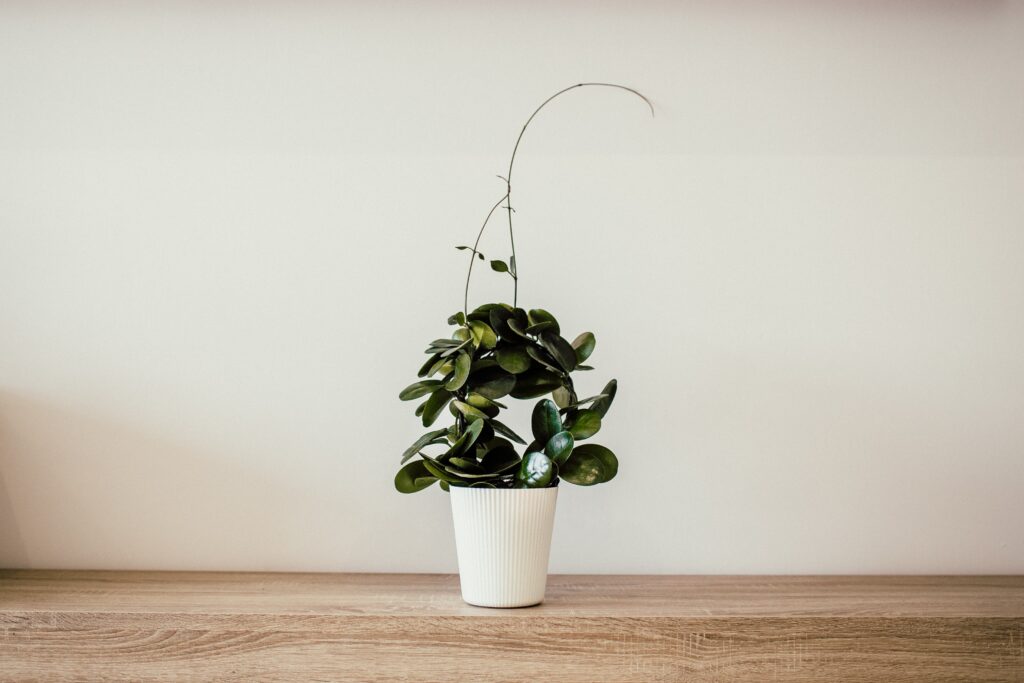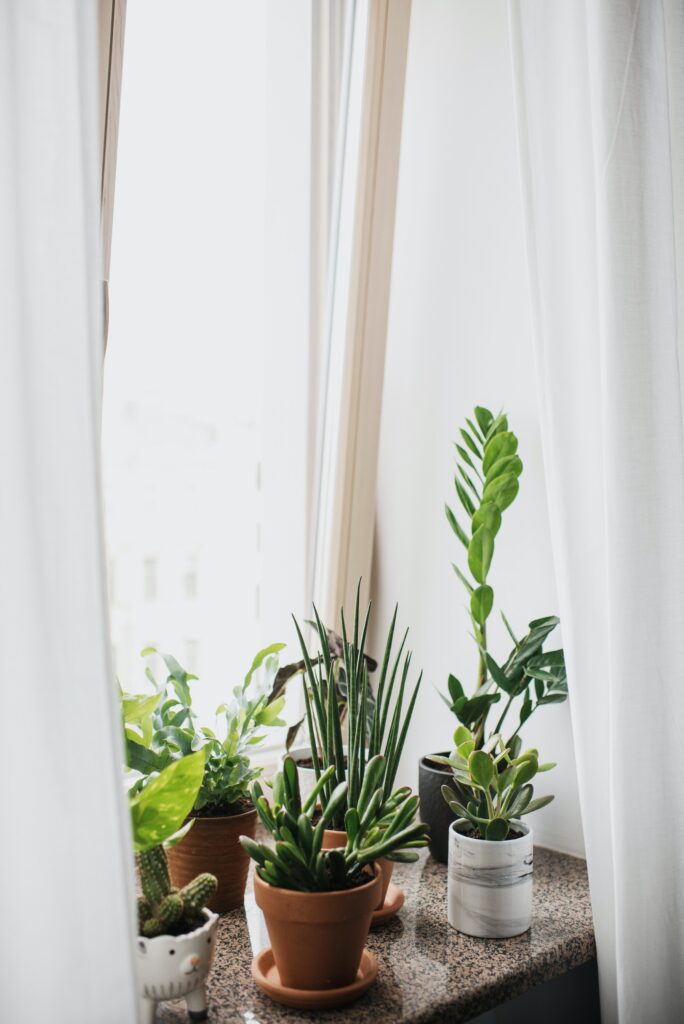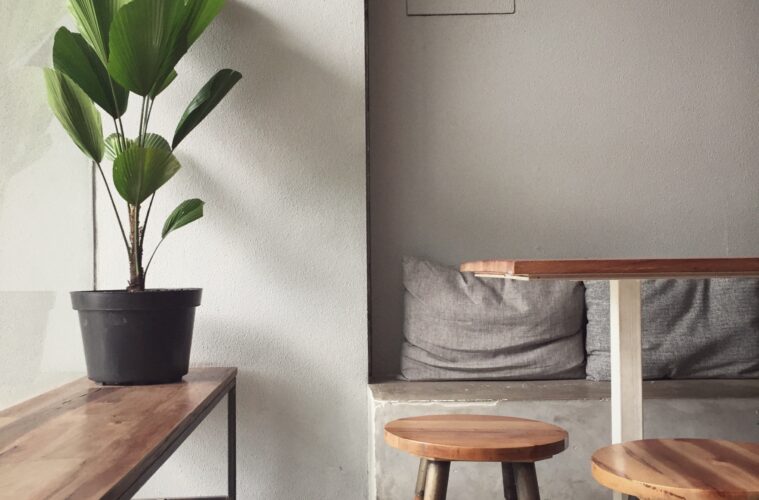Improving the atmosphere within your living space is a vital part of ensuring your continued sound health. Houseplants are a highly effective way of improving your home’s aesthetics as well as adding a touch of nature.
With regards to clean air, houseplants take up your carbon IV oxide and give you oxygen in its stead. For the most part, plants like majesty palms and philodendrons have been the perfect finishing touch for rooms or taking care of empty walls and corners.

The downside to these plant sizes is that they are not suitable for small apartment spaces and homes that are looking to conserve space. However, this doesn’t exactly pose a problem.
Thanks to the variety in the plant kingdom, there are a significant number of indoor plants that can supply just the right amount of green without swallowing up the whole space.
In addition, the amazing thing about these potted plants is that they can fit into just about anywhere in your home.
What’s more, you could step it up a notch. Placing plants in uncommon areas such as in a hanging platter, on your wall using a space-conserving vertical wall garden or even a location within close proximity to your bathroom window.
Now that you know all about positioning the plants, here are seven easy care flowering plants that you can select from:
Begonias
Begonias are excellent plants and have many varieties that make great houseplants. If you have grown it outdoors, you can easily attest to this.
Provided optimum conditions for its growth are maintained, it would continue to bloom. Some of these conditions include a bright location (not so close to the window else it would be affected by the draft).
Varieties such as Rex Begonia do not exactly need to bloom for the color to become apparent. Other types such as angel-wing, hairy-leafed and wax-leaved varieties are also great.
African Violets
African violets are about the most popular houseplant that there is and this is for a good reason. They are mainly preferred because they bloom year-round and do not feature a dormant rest period.
While it requires quite a bit of maintenance, the well-maintained version is a beauty to behold. It is best placed in a container linked to a water reservoir that allows water to get into the sound directly from the bottom of the container.
This is because cold water causes African violet leaves to spot and turn brown. Although they do not require special care, they have been known to flourish for a number of years and then die suddenly.

Christmas Cactus
The Christmas cactus is known for thriving on neglect. It requires next to no form of care of all. It doesn’t need its light exposure manipulated in order to set buds for Christmas blooms.
It is known for its very long lifespan and regrows from cuttings. The plant grows best when it is located close to a window.
You should let the pads come in contact with a cold window or it may experience cold damage. It also requires a significant amount of humidity although it needs well-draining soil.
Bromeliad
Bromeliads belong to the pineapple family and this accounts for their ‘quirky’ look. The pro, however, is that they do not grow as large as pineapple vines which is why they make for great houseplants.
The cheery and tropical version of these plants perform wonderfully in bright light and they usually do not demand a lot of water.
When they are well watered, the water should typically be poured between the leaves so that it would be slowly absorbed from there.
Chenille Plant
The chenille is a tropical plant with dangling fuzzy, red flowers that are hard to resist rubbing. The plant grows very fast and blooms for a long time as well.
They can be left to grow outdoors in summer and then brought indoors in fall when temperatures go down. It also goes partially dormant in winter and would not need to be regularly maintained until it sports new growth in spring.
The chenille plant requires a high amount of humidity for optimal growth. When indoors, it should be misted to maintain its health.
Peace Lily
The Peace Lily is aptly named as is apparent from its low-maintenance nature. It does not require special care and other conditions that other plants usually demand such as direct light.
It can also handle the occasional extreme conditions such as over or under-watering. The leaves have a very light scent but you would have to go very close to notice.
Also, it is known for flowering even in the shadiest of homes. Its glossy, dark green leaves feature white bracts or spathes that enclose the clusters of flowers and make them appear as variegated leaves.
Clivia or Kaffir Lily
The clivia requires some specific conditions in order to even spout. Like its relative, the amaryllis, clivia experiences a dormant period before it finally releases a flower stalk.
During this period, it typically requires complete darkness at night when going dormant in late fall. To carry this out, it should be placed in a cardboard box or an unused closet.
The stalk would sprout between December and April, and from there, you can continue normal care.
These houseplants just like any other blossom and thrive in the summer if they are well maintained.
However, there are ways to get your houseplants to thrive in winter. This way, your home remains colorful always even through the cold and dreary winter.


